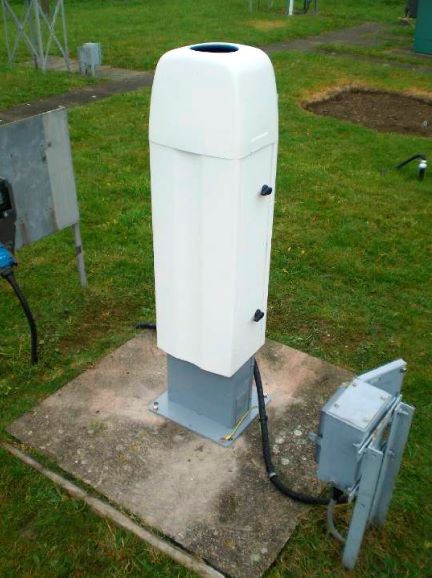How we measure cloud
Take a look at how we observe the type, amount and height of clouds.
The large scale distribution of cloud is best measured from space in either the visible or infra red part of the spectrum. This satellite imagery is revealing in many ways, but it has its limitations for the measurement of cloud, in particular:
- Extensive high cloud can mask important features in the distribution of low cloud
- It is often not possible to distinguish between shallow low cloud and fog
- There is no way of measuring cloud base from space, an element of critical importance for aviation and other purposes
To meet these shortcomings cloud base measurements are made from all surface synoptic stations.
How we measure cloud type
The standard method for classifying clouds is based on the World Meteorological Organisation criteria. The classification is made in terms of the level of the cloud (high, medium or low) and various cloud genera specified by the cloud form and its features.
Common types of cloud include cumulus, cumulonimbus, stratocumulus and stratus at low levels; altocumulus, nimbostratus and altostratus at medium levels and cirrus, cirrocumulus and cirrostratus at high levels. Cloud type reporting is generally only possible where a human observer is present.
How we measure cloud amount
At any time different types of cloud at different heights above the ground may be visible from an observing station. To cater for such variability both the total cloud amount and partial cloud amounts are reported. Total cloud amount is the fraction of the sky covered by cloud of any type or height above the ground. Partial cloud amount is the fraction of the sky covered by each type or layer of cloud as if it was the only type or layer of cloud in the sky. If a number of different layers of cloud are present the partial amount of each one will be reported. The sum of partial cloud amounts may exceed the total cloud amount or indeed exceed 100% of the sky.
Cloud amount is reported in oktas or eighths with the additional convention that:
- 0 oktas represents the complete absence of cloud
- 1 okta represents a cloud amount of 1 eighth or less, but not zero
- 7 oktas represents a cloud amount of 7 eighths or more, but not full cloud cover
- 8 oktas represents full cloud cover with no breaks
- 9 oktas represents sky obscured by fog or other meteorological phenomena
A laser cloud base recorder is used to estimate partial cloud amount. For each layer of cloud identified by the instrument a time weighted average is used to derive the average amount.
Such measurements are by their nature only representative of the cloud that has passed directly above the instrument, not of the total sky that is on view from the station. Total cloud amount is only reported from stations where the human observer is present.
How we measure cloud base height
Cloud base is readily measured by instrument to a reasonable level of accuracy. The type of cloud base recorder used widely at synoptic observing stations is shown below.
It employs a pulsed diode laser LIDAR (light detection and ranging) technology whereby short laser pulses (eye safe) are sent out in a vertical or near vertical direction. The backscatter caused by reflection from the surface of cloud, precipitation or other particles is analysed to determine the height of the cloud base.
Many modern cloud base recorders are capable of detecting up to three cloud layers simultaneously.






